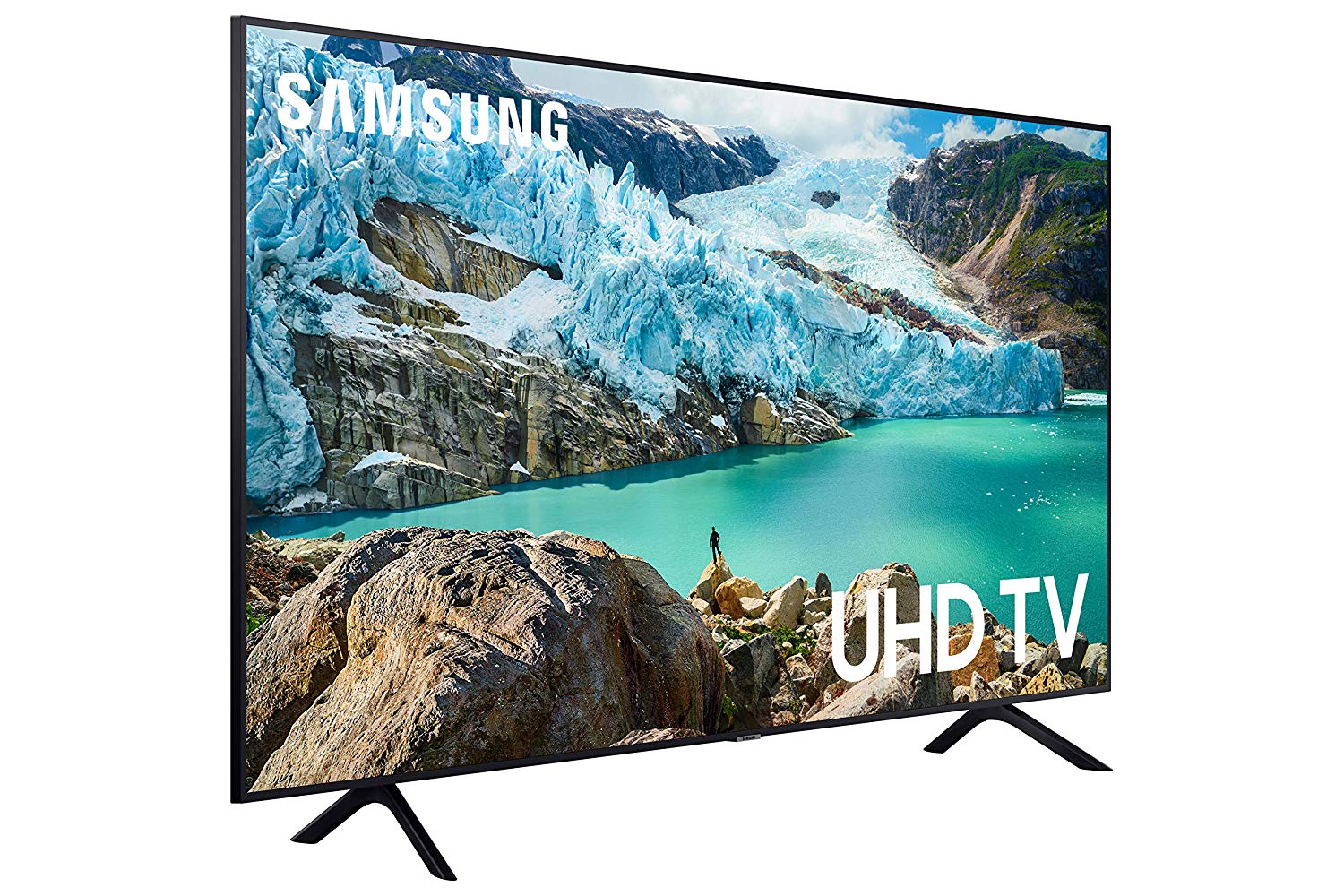

Unless you can find this series at a huge discount, one of our picks is the better choice.
70 inch 4 k 3d tv tv#
Like our picks, this TV has a 60 Hz refresh rate, so motion isn’t as fluid as it can be on a 120 Hz panel, and this model doesn’t have the gaming-friendly HDMI 2.1 features that our picks offer.

The SDR contrast was more reliable, as the TV produced a brightness of around 350 nits with black levels as low as 0.025 nit. Onn also claims 500-nit HDR brightness for this TV, but during testing I measured HDR peaks closer to the low 400s, coupled with black levels that were overly bright on occasion. In our tests, the local-dimming algorithm occasionally got confused, especially with varying shades of gray on the screen (such as when we were searching in the built-in YouTube app), which led to some visible shifting of black levels. It's a visual treat.Walmart’s in-house Onn brand released a frameless Roku TV, and although the Onn QLED Roku TV is priced competitively against our top picks, it has some flaws that keep it from going the distance. Best 4K TV 950 at Best Buy 1,700 at Target LG OLED C2 Best high-end 4K TV 1,700 at Target 1,598 at Walmart Samsung QN90B Best high-end non-OLED 4K TV 1,598 at Walmart 380 at Best. If you're one of the rare people who care enough about 3D picture quality to factor it into your buying decision, be sure to audition a 4K resolution TV with passive 3D. Toshiba also says none of its 2014 TVs will offer 3D, including the 4K L9400 and L8400. Vizio, formerly a major champion of passive 3D, will not offer any kind of 3D on its 2014 TVs, including the 4K P series and R series. The other two Sony 4K series for 2014, the X950B and X900B, employ active 3D, as do all Samsung 3D TVs.
70 inch 4 k 3d tv update#
I asked Panasonic whether its 4K TC-AX800U series employs passive 3D, and will update this article when I find out. The only forthcoming 4K TVs I know about with passive 3D are the LG UB9800 and UB9500 series LED LCDs, the LG 77EC9800 and as-yet-unnamed 55-inch and 65-inch OLEDs, and the Sony XBR-X850B series LED LCD. Unfortunately for 3D fans, this killer combination looks to be equally scarce in 2014. Only the following 2013 3D TVs offer the combination of 4K resolution and passive 3D: Toshiba L9300U series Sony X900A series LG LA9700 and LA9650 series. The LG UB9800 is a 2014 4K TV with passive 3D capability.
70 inch 4 k 3d tv 1080p#
When I compared the 3D of the Samsung UN65F9000, a 4K TV, to that of the UN55F8000, its 1080p doppelganger, they were almost identical. It's also worth noting that on a 4K TV with active 3D, there's no similarly major improvement compared to the 1080p version. In fact, since the Toshiba doesn't suffer nearly as much crosstalk as those two (or any active 3D set we've tested), it seemed even sharper. The 3D image looked as sharp as on any of the active 3D TVs in our lineup, including the Panasonic WT600 and our reference F8000. Examples, like Uncle Claude's bowler hat (22:41) and the edge of a low wall outside the station (22:05), were likewise clean. I looked at the trouble areas in the film as well, in particular where the camera moved over a scene that contained a horizontal edge at a shallow angle. From the first still shots, of a lamp hanging over the concourse and the railing above, solid areas and lines alike again looked cleaner. The Toshiba's resolution superiority was immediately obvious in program material, too. Even the graphical elements of my PS3's display looked better. The first thing I said to myself when I compared the 60-inch passive 3D Vizio, which has 1080p resolution, with the 65-inch passive 3D Toshiba, which has 4K, was "wow." The line structure, jagged edges, and related artifacts I've come to associate with passive 3D in 1080p - for example, along the edges of the words "Paramount," "infinitum nihil" and "GK films" at the beginning of "Hugo" - were gone from the Toshiba, leaving clean, smooth 3D. The improvement was profound compared with 1080p, as I noted in my review: 4K TVs (3,840x2,160-pixel resolution) with passive 3D, like the Toshiba L9300U, can still deliver greater than HD resolution in 3D, at 3,840x1,080 pixels per eye. You still lose half the vertical resolution, but since there are so many more pixels, you can afford to lose it. When a 4K resolution TV uses passive 3D, however, the extra pixels play a much more obvious role. In our tests of 4K TVs so far, despite all the extra pixels I knew made up the 4K TV's screen, most of the time I didn't see any difference at all, especially with HD TV shows and Blu-rays. It bears repeating: With video on a TV, the difference between 4K/UHD and 1080p/HD resolution is really hard to see. The benefits of 4K resolution are obvious.with passive 3DĪt CNET we've spent a lot of time looking for appreciable benefits of 4K-resolution TVs, and so far we've come up pretty much empty. So, to sum it up, if it wasn't for their lower resolution and artifacts, passive 3D would be the hands-down better choice.


 0 kommentar(er)
0 kommentar(er)
